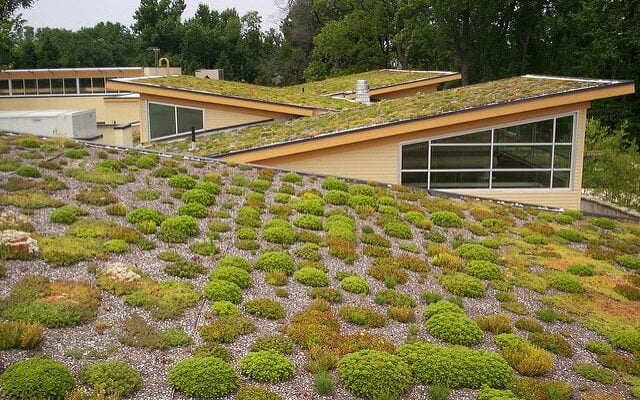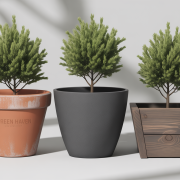The world has shifted its attention to environmentally friendly solutions. From recycling to renewable energy, every little effort counts in conserving our planet’s resources. One area where sustainability is making waves is in roofing. Homeowners, property managers, and even businesses are exploring green roofing options to lower energy consumption, minimize waste, and promote a healthier environment.
This post will delve into the practices and benefits of going green with your roof, showcasing a new way to consider building and maintaining our shelters.
1. Choosing Eco-Friendly Materials
One of the first steps in going green with your roof is selecting sustainable roofing materials. Whether it’s recycled metal, rubber, or clay tiles, many materials can be used to create an environmentally friendly roof. If you’re in need of specific recommendations for your region, you might want to check Walker Roofing website for various green roofing options. By opting for materials that are recyclable or made from renewable resources, you are already making a big difference in your ecological footprint.
2. Incorporating Solar Panels
Solar panels have become synonymous with sustainability. Installing solar panels on your roof is an excellent way to generate renewable energy and reduce your dependence on fossil fuels. Solar energy can help lower your monthly energy bills and may even earn you some incentives from the government. By turning your roof into an energy source, you’re embracing a modern, sustainable way of living.
3. Utilizing Green Roof Systems
Green roofs, or living roofs, are designed with a layer of vegetation over a waterproofing system. These roofs provide insulation, reduce stormwater runoff, and help combat the urban heat island effect. Green roofs not only look beautiful but also serve as a habitat for birds and insects, thus contributing to local biodiversity. They can be a serene spot for relaxation and even provide fresh herbs or vegetables if you decide to grow a garden.
4. Implementing Proper Insulation
Good insulation isn’t just about keeping your home warm in winter and cool in summer. It’s also about energy efficiency. By using eco-friendly insulation materials like sheep’s wool or cellulose, you can reduce your energy consumption significantly. Properly insulated roofs will require less heating and cooling, thereby reducing your carbon footprint.
5. Recycling Roofing Waste
Roofing projects often generate waste that ends up in landfills. By recycling old roofing materials or repurposing them for other uses, you’re making a responsible choice towards sustainability. Many roofing companies offer recycling options for old shingles and other materials, so it’s worth exploring these options before your next roofing project.
6. Regular Maintenance And Inspection
Regular maintenance is key to prolonging the life of any roof, especially a green roof. Frequent inspections and timely repairs will not only keep your roof in good condition but will also minimize waste by preventing the need for premature replacements. It’s a proactive way to support sustainability while taking care of your property.
Conclusion
Going green with your roof is more than just a trend; it’s a conscious decision to be part of a greater movement towards sustainability. By adopting these practices, you not only save money in the long run but also contribute positively to the environment. From selecting eco-friendly materials to incorporating solar panels and green roof systems, there are myriad ways to make your roof a green haven.
Remember, every step towards a sustainable future starts with the choices we make today. Your roof isn’t just a shelter; it’s an opportunity to make a lasting impact on the world. Make the most of it.\













Comments